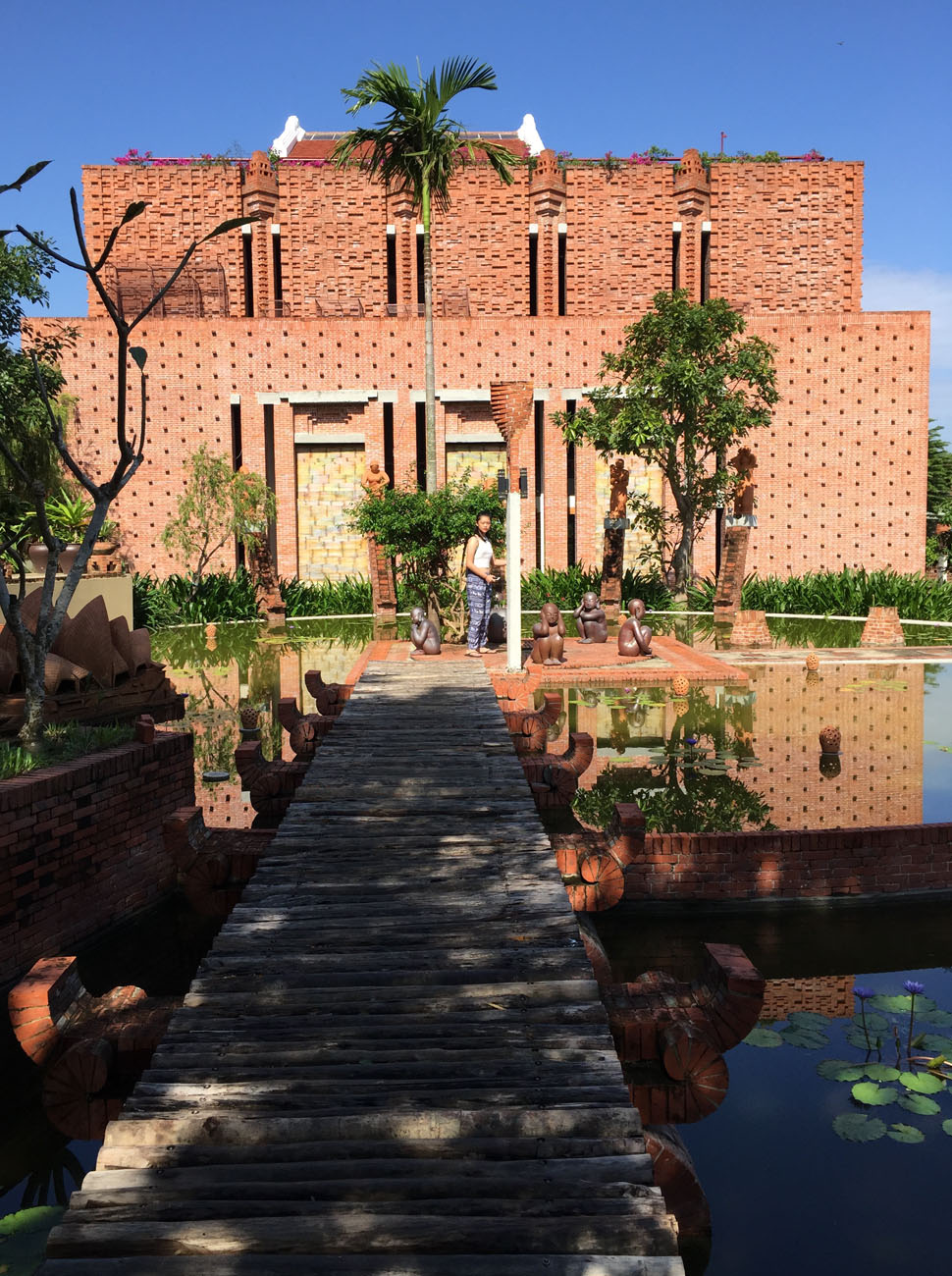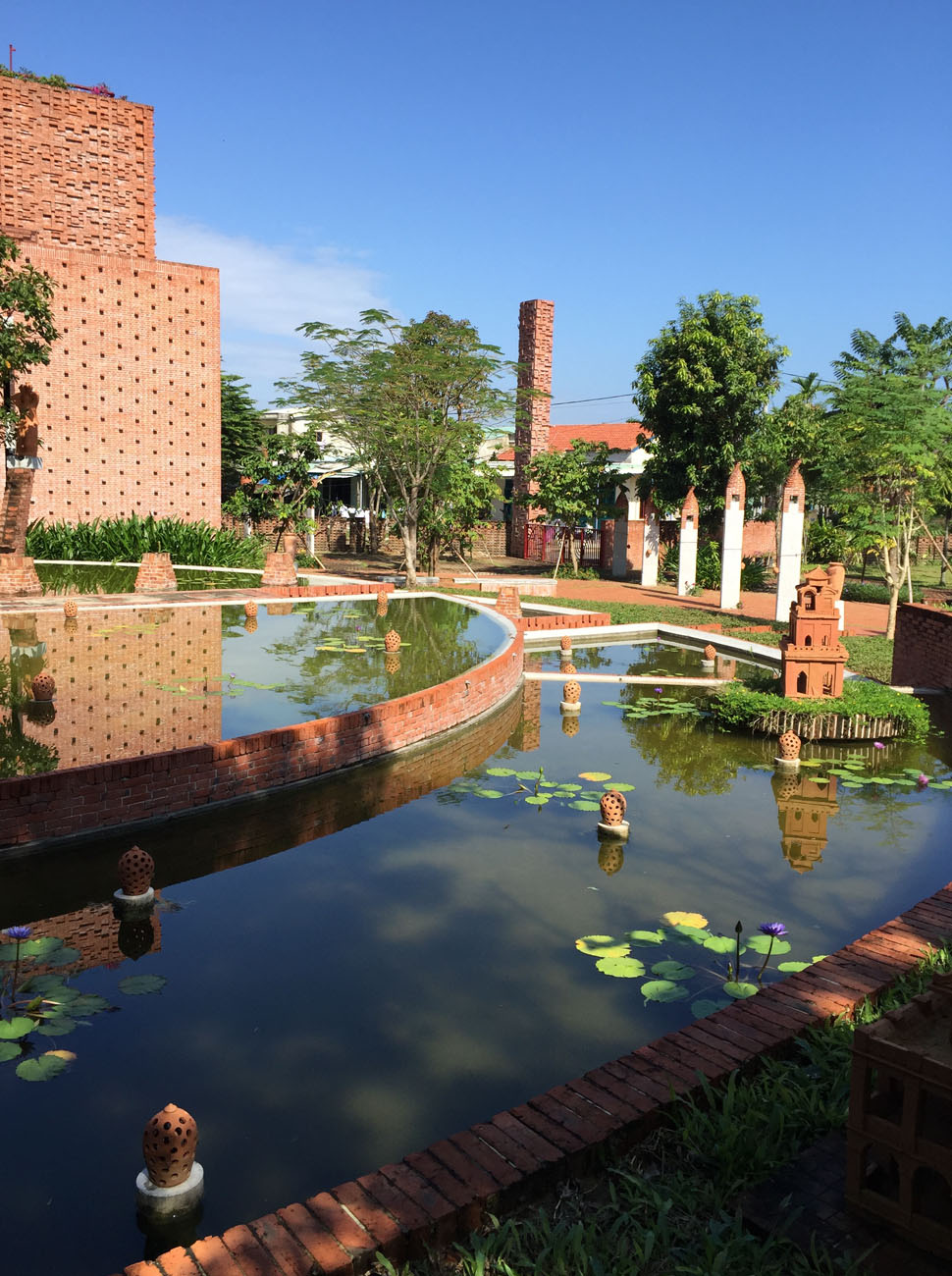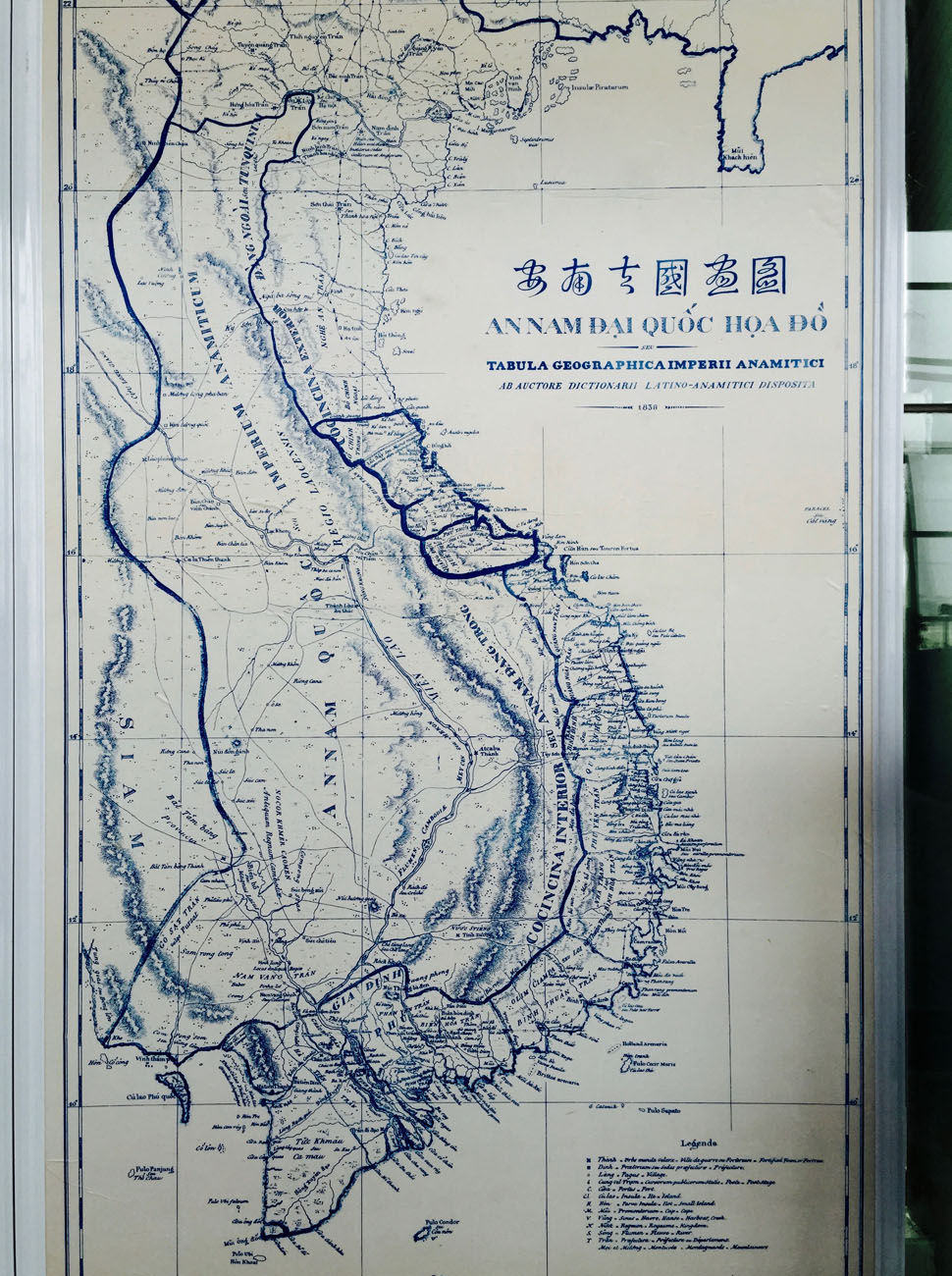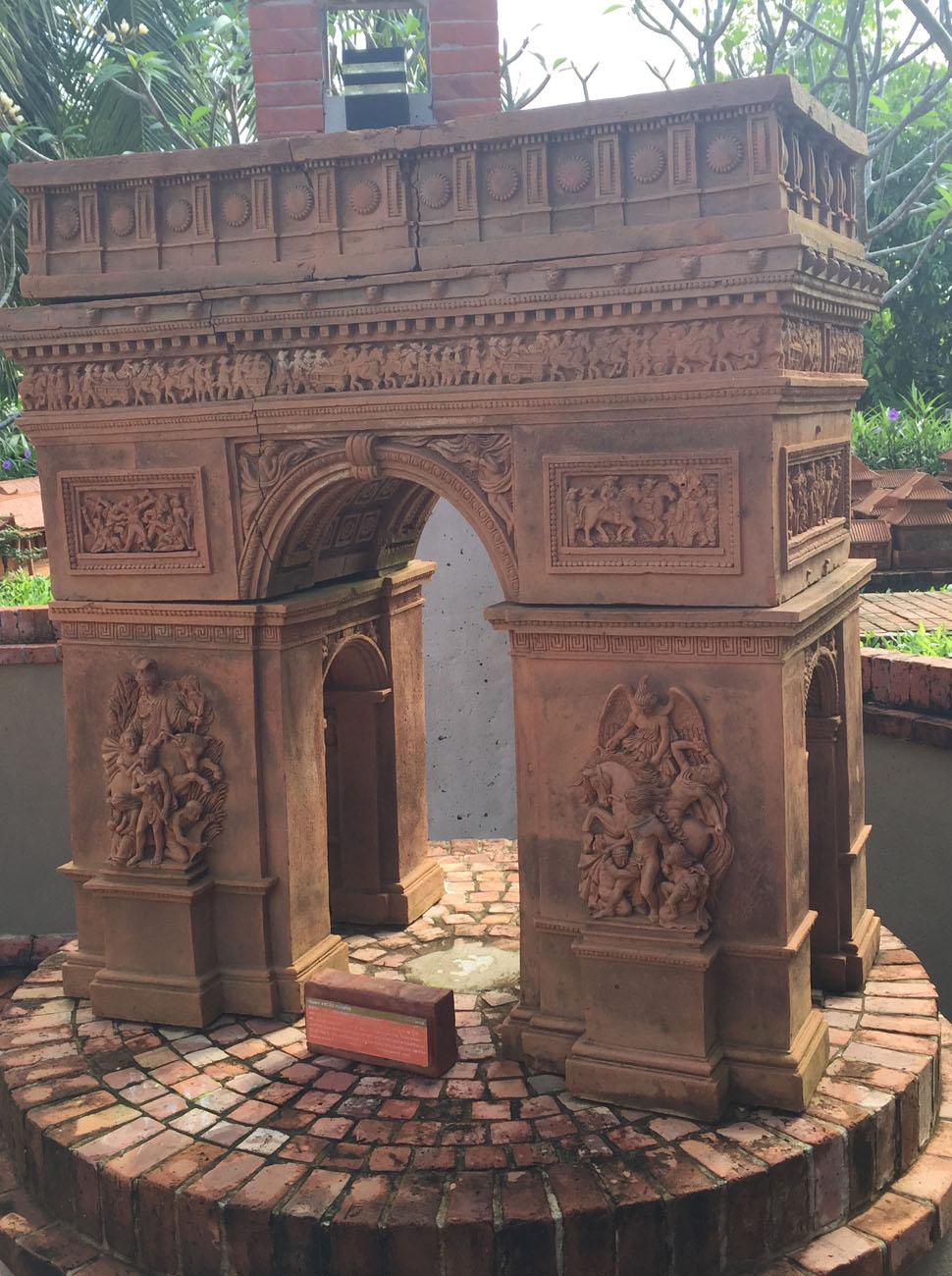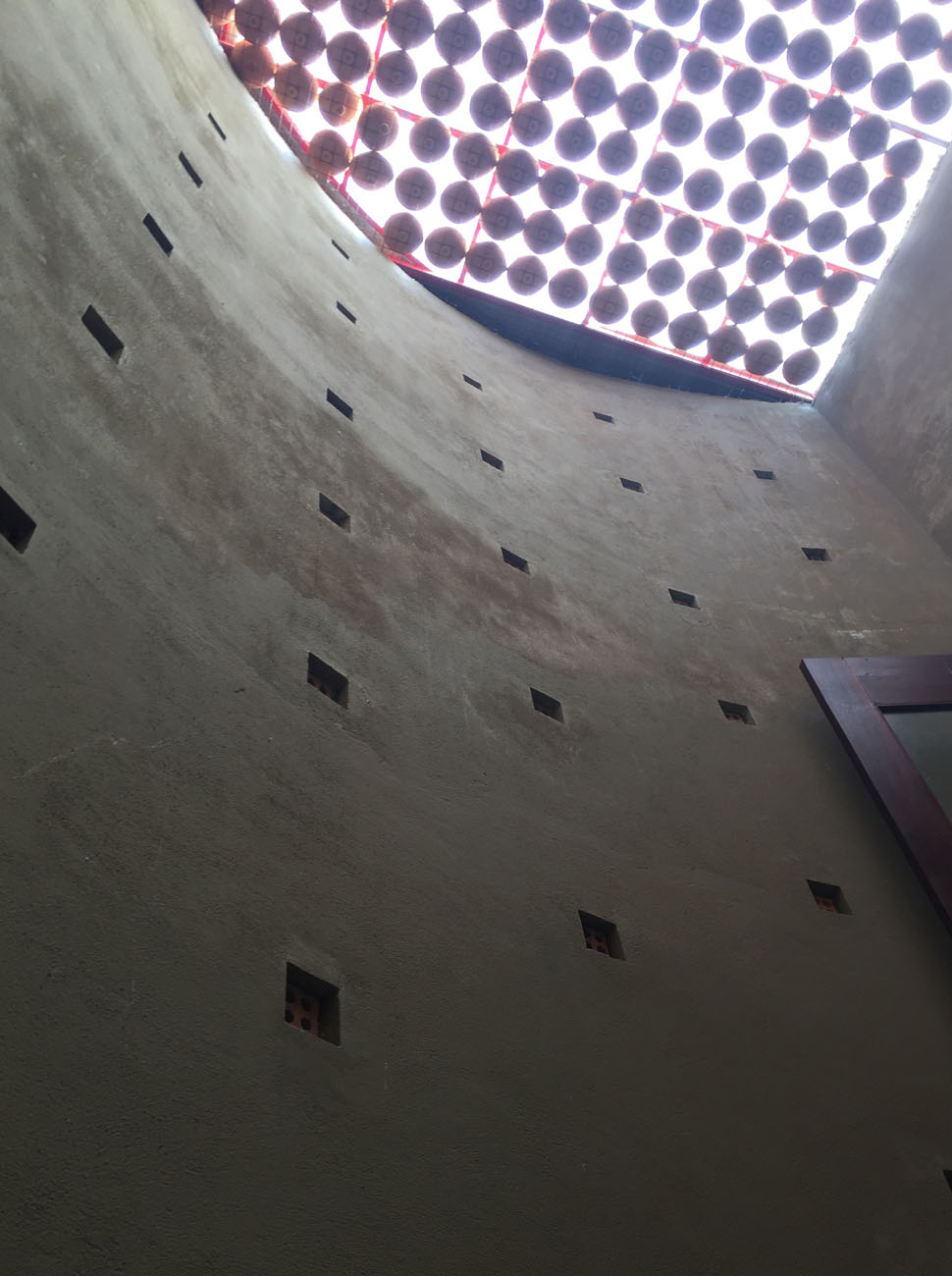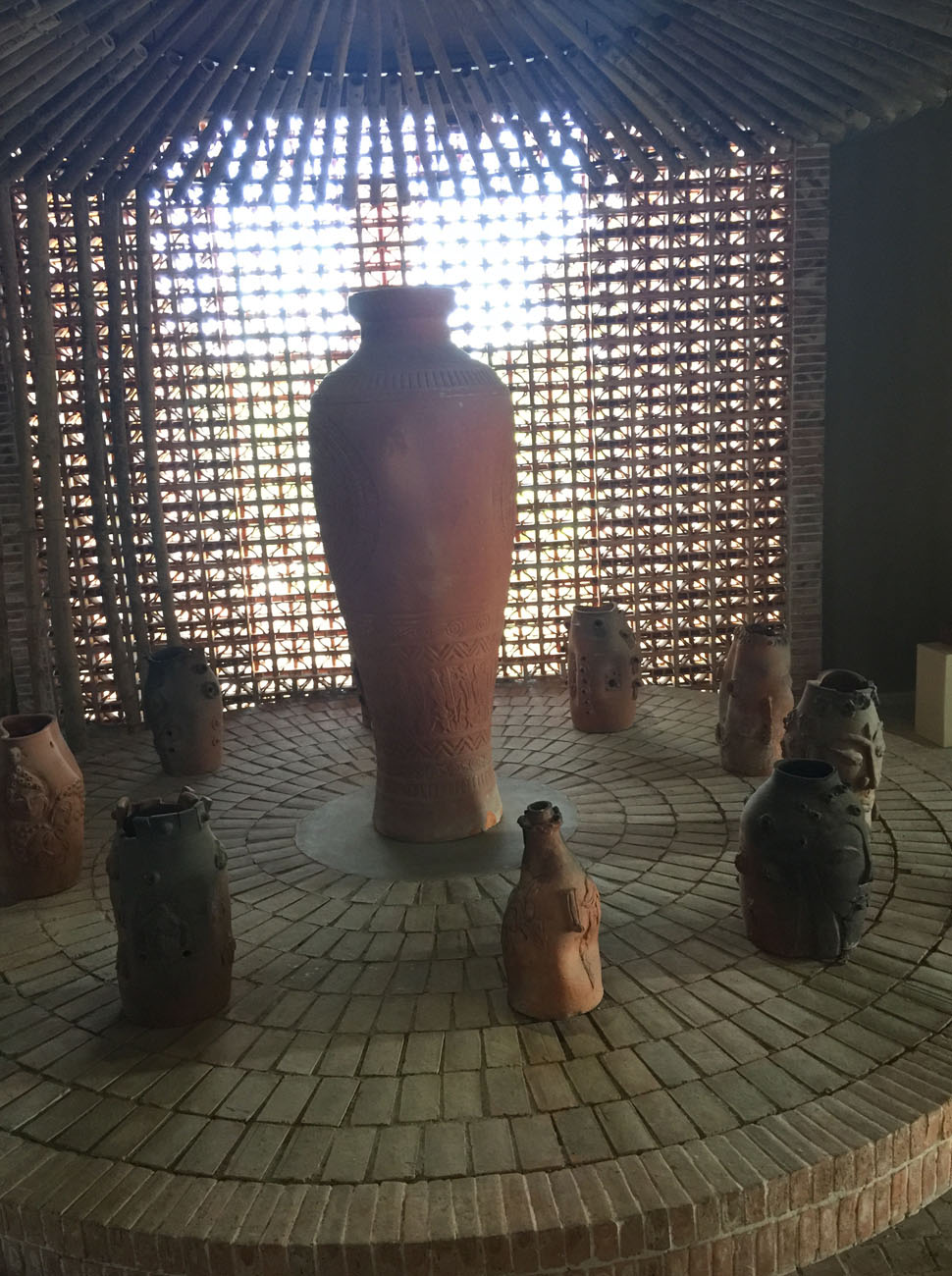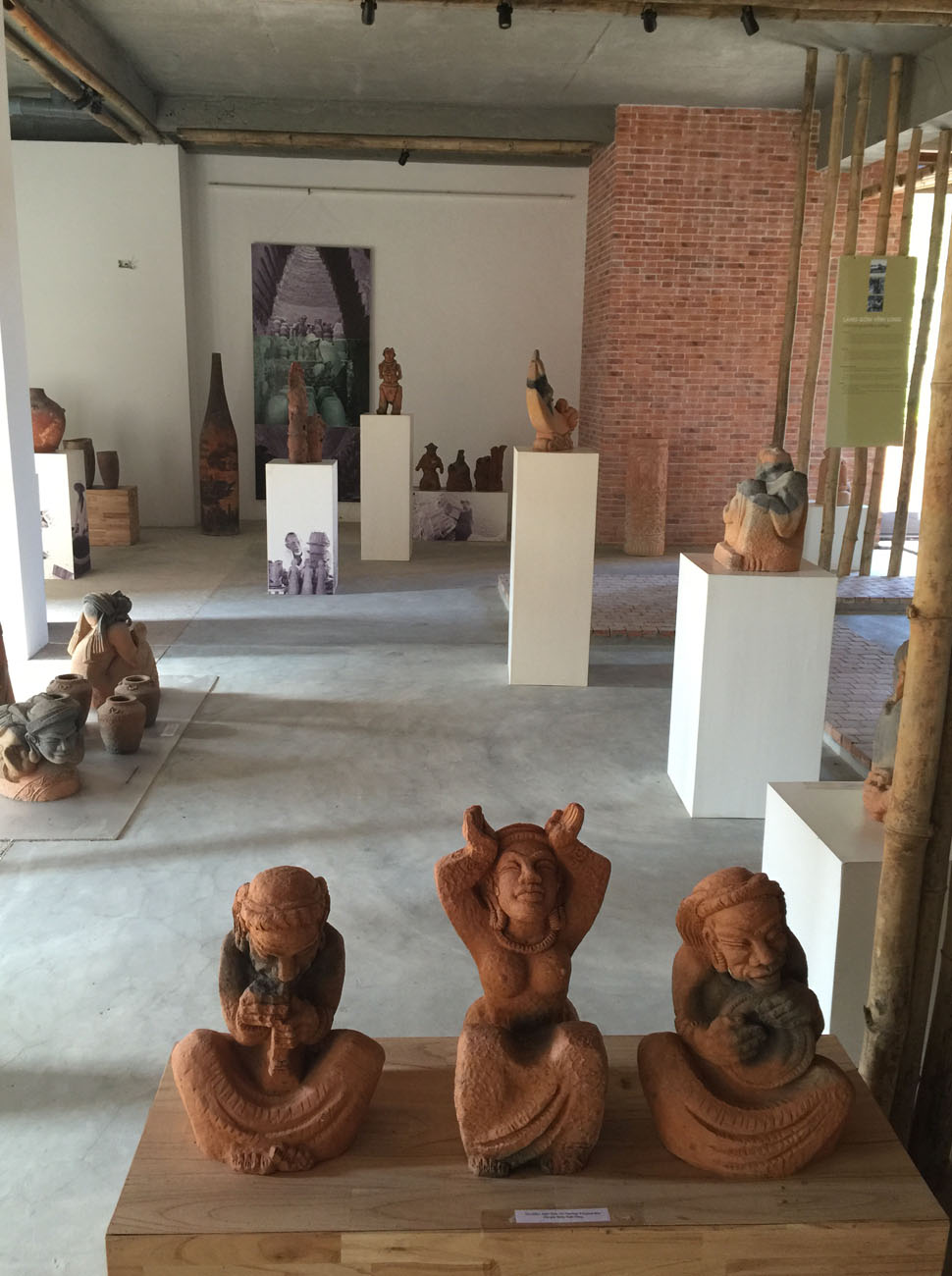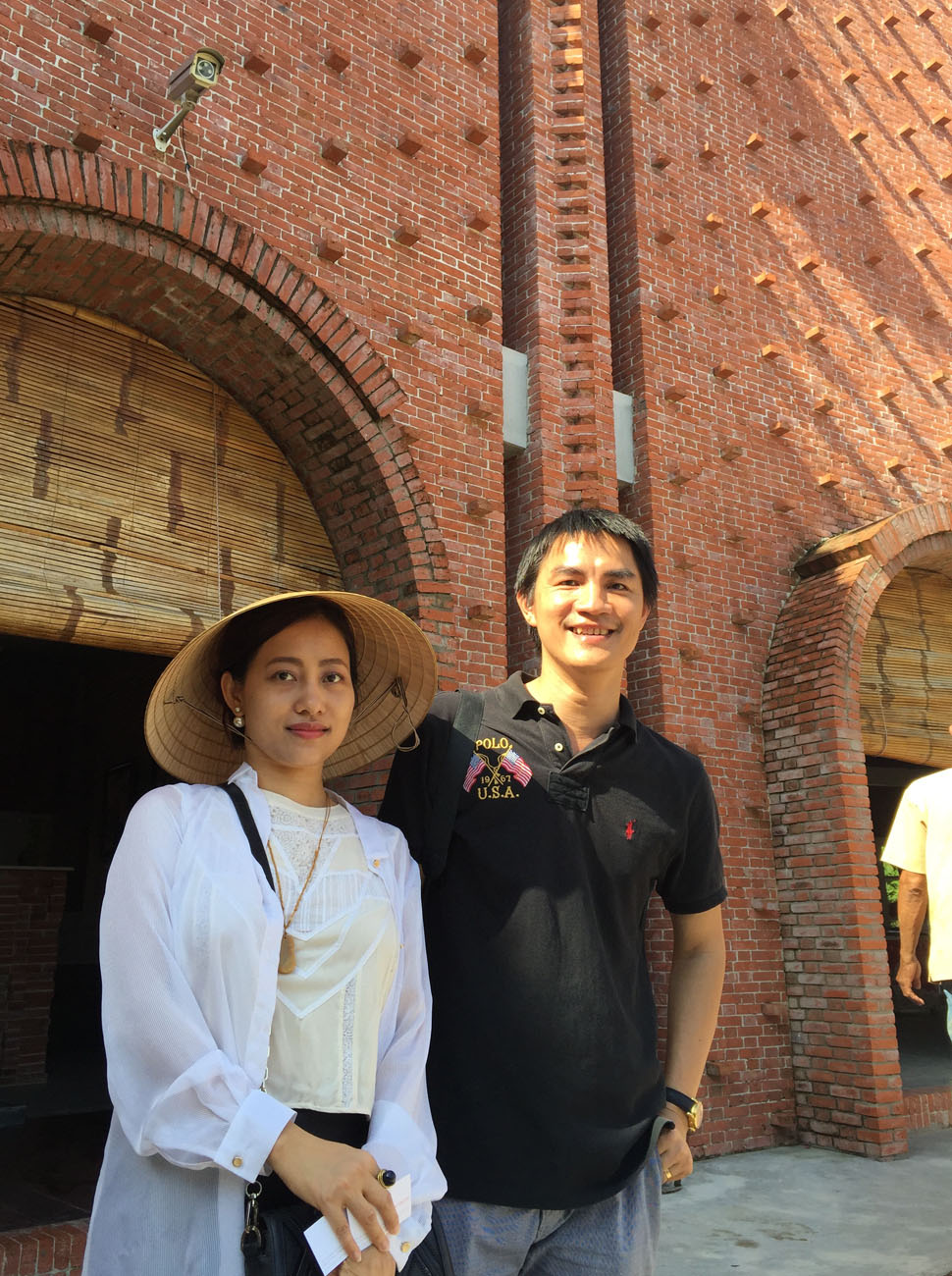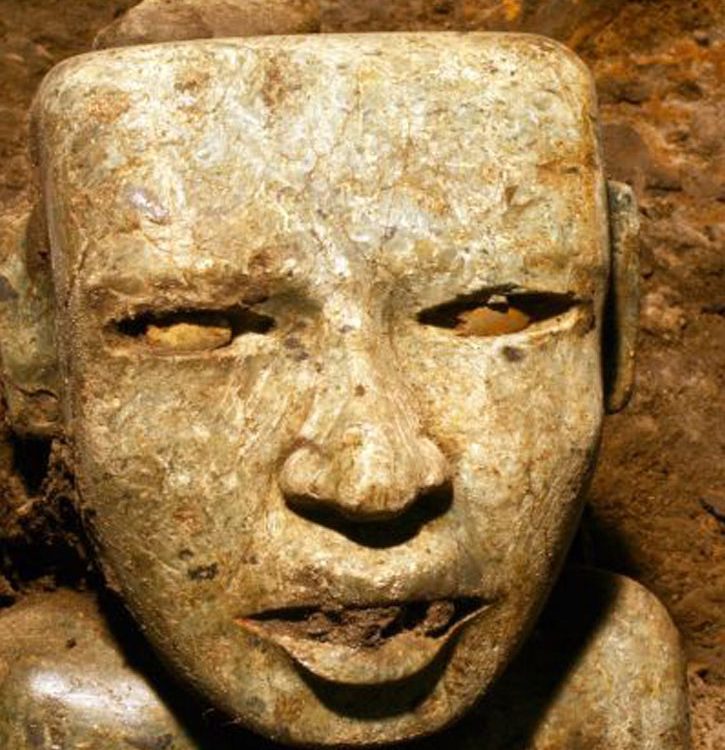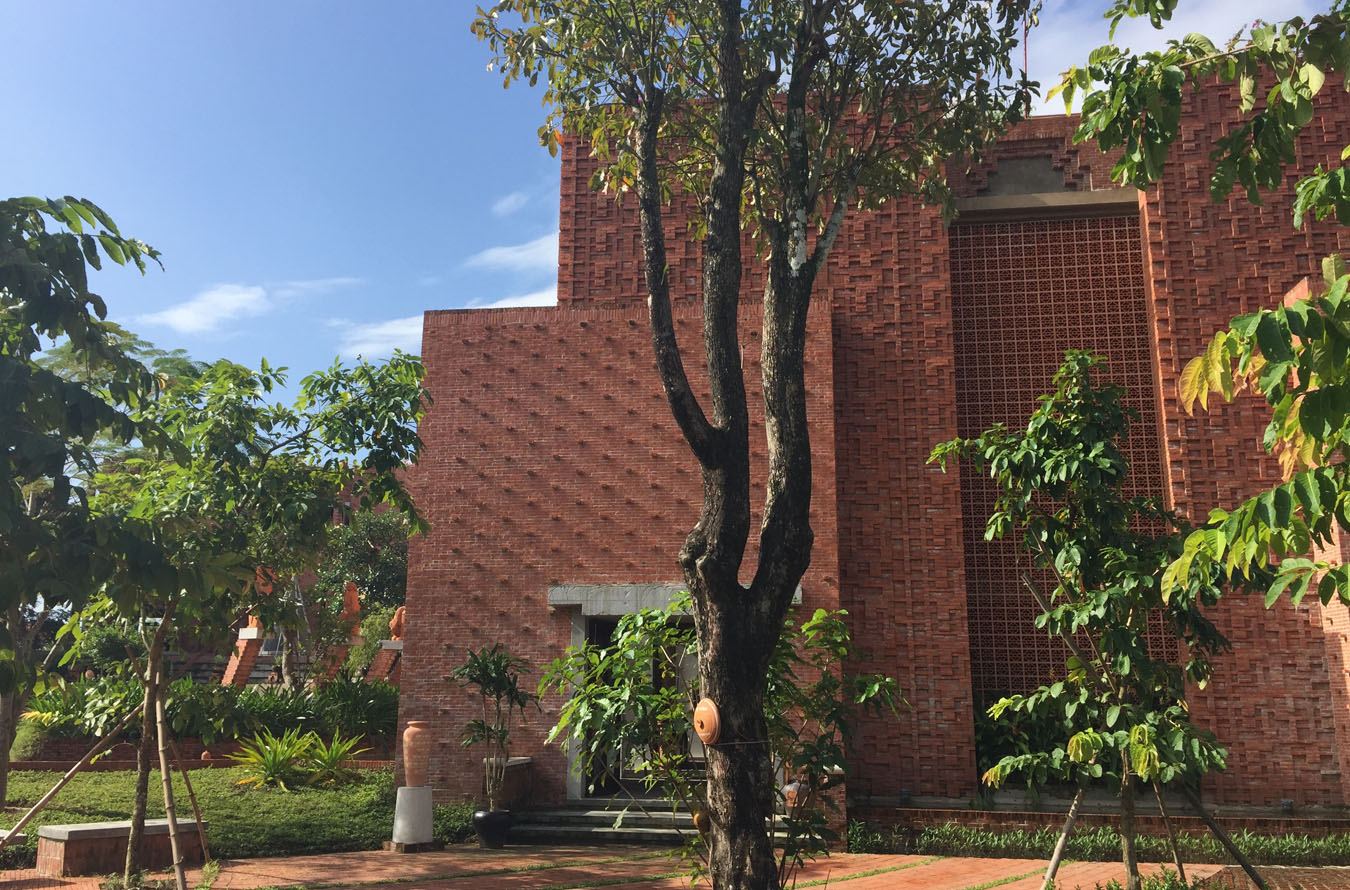
TAJ MAHAL
Nasir Tamara and Ita Budi are habitual travellers who over the years spent only occasional time at home in Indonesia.
At around 2010, they decided to replant their roots in Indonesia, and home was usually Jakarta, but then, it could well be anywhere in Indonesia as their work continue to take them throughout the country. During that year, they stumbled across an earthquake damaged and abandoned house facing the main street near Kotagede, the old district in Jogjakarta, which is also a UNESCO Heritage site.
The house was originally built in 1852 in an eclectic style that included Dutch as well as vernacular Indonesian influences. It was clearly built for a local Indonesian as the European influences were aspirational rather than actual, as the ornamental features were borrowed to depict an aspiring lifestyle.
However, as years went by, the house was valued for its antiquity and for its representation of a period of history when the Dutch presence predominated.
With the renovation completed in 2015, the couple, Nasir and Ita were to stay in the house whenever they find themselves in Jogjakarta. They cherish social interactions, especially with friends from various parts of the world who would have a place to stay whenever they visited. For this purpose, additional rooms were added and blended in with the original architecture.
An attribute about the house is the way climate was addressed in the mid-nineteenth century when mechanical ventilation did not exist. Indonesian lifestyle was generally open; hence the house was generously open to the outside world without the burden of security features.
The house can be seen as part of a historical chain in this ancient city, which in times of antiquity, the city was the centre of Javanese civilisation. The district of Kotagede, where the ancient streets and part of the old fort still stands, remains largely intact. Between 1575 and 1640, Kotagede was the capital of the Mataram Sultanate, the last independent Javanese kingdom before the island was colonised by the Dutch.
If we were to step back further in time, the early Mataram Kindom, beginning in the eighth to tenth centuries was Hindu-Buddhist, which civilisation emerged in the fertile volcanic plains. The plains are still overlooked s the active Gunung Merapi, a still active vocano. The nearby Candi Prambanan, built in the ninth century as a Hindu temple is still intact and regarded as another UNESCO World Heritage site. This is just seventeen kilometres north of Kotagede, the heritage district of Jogjakarta. Continuous funding is helping to preserve this important historical heritage site.
Other than physical structures, the Jogjakarta area is a bedrock of traditional crafts that are centuries old. Batik for example originates from here, which is still a buoyant industry, as well as traditional crafts, such as ornamental silverware.
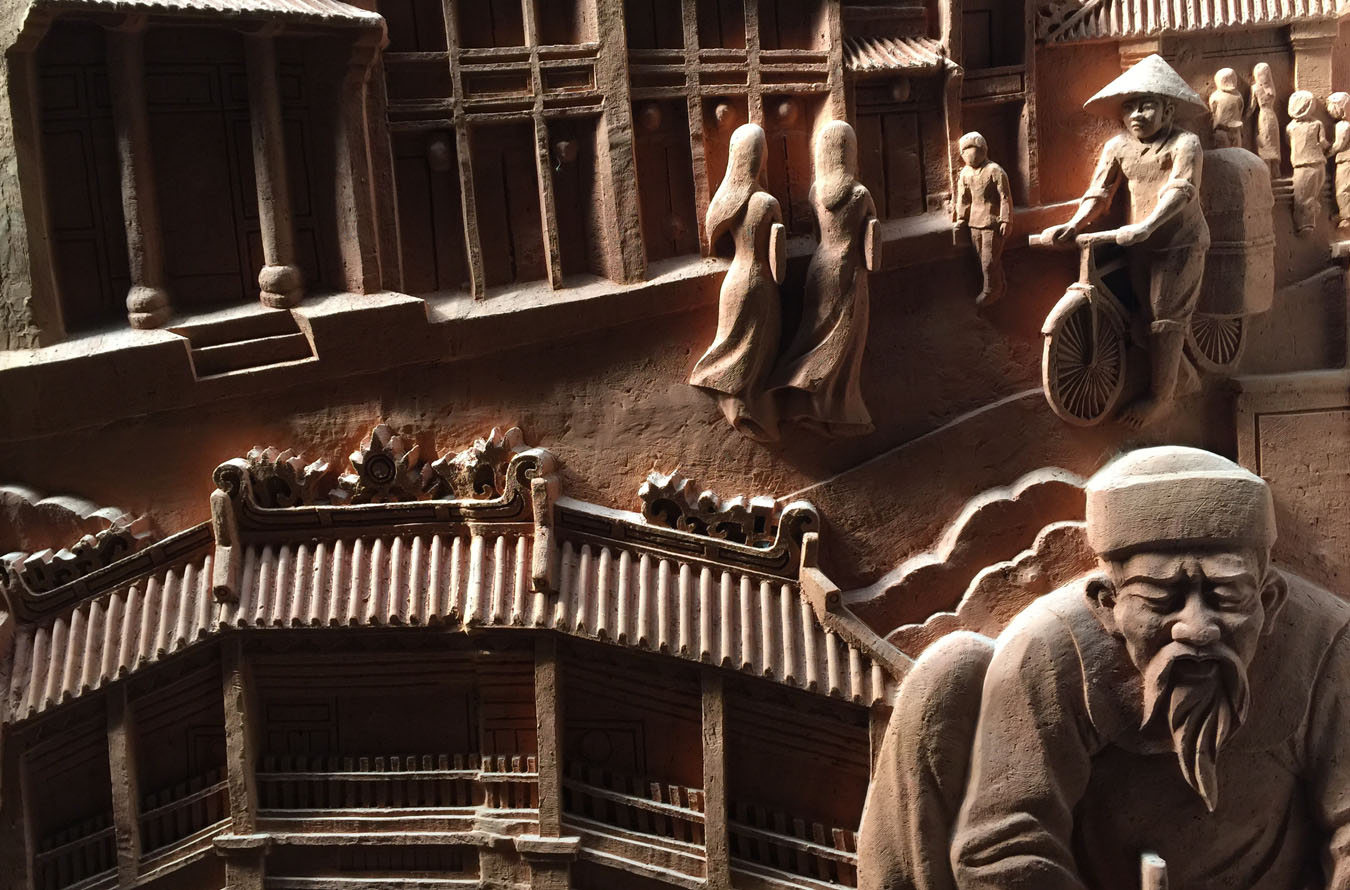
The Natan Royal Guest house exemplifies this, as every aspect of the house is carefully crafted with ornamental representations of the period.


